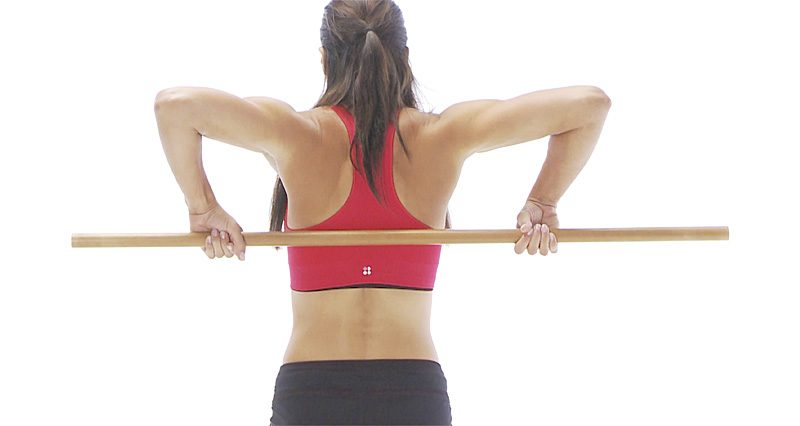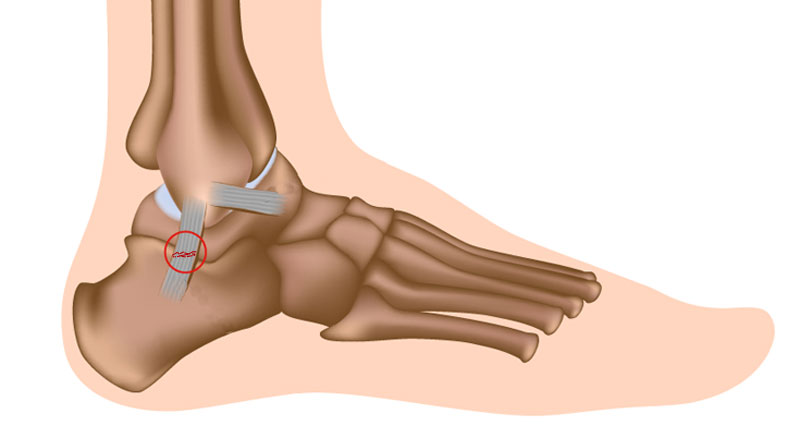The exercises and other treatment methods are dependent on which phase of rehabilitation the patient is at. Here we explain the treatment and rehabilitation exercises to do for each phase of a Frozen shoulder.
We recommend seeking professional advice before attempting any rehabilitation exercises.
Phase 1 – Freezing
This phase of frozen shoulder rehabilitation is usually the most painful phase. Movement becomes gradually more and more difficult. The aim of the following treatments and exercises is to help control pain and maintain movement in your shoulder joint.
NSAIDs (nonsteroidal anti-inflammatory drugs) e.g. Ibuprofen may help reduce inflammation and pain although will be of less value in later phases of treatment. Check with a doctor before taking medication and do not take ibuprofen if you have asthma.
Electrotherapy modalities such as ultrasound, TENS, and laser treatment may all help reduce pain and inflammation.
Exercises for phase 1 frozen shoulder rehabilitation
Exercises should be done as long as they can be performed pain-free. Mobility exercises such as the pendulum and assisted shoulder exercises using a pole can help maintain shoulder mobility. See adhesive capsulitis exercises for more detailed information.
Shoulder stretching exercises for the muscles at the front and back of the shoulder can be done also to attempt to maintain as much movement as possible. Strengthening exercises are unlikely to be possible at this stage due to pain.
Phase 2 – Frozen
The frozen phase of treatment is where there is the least movement in the shoulder, but on the plus side, pain tends to have reduced. This phase should be about trying to maintain strength and as much mobility as possible.
Exercises for phase 2 frozen shoulder rehabilitation
Mobility exercises such as pendulums and wand exercises should be continued. Stretching exercises for the chest muscles and muscles at the back of the shoulder should also be maintained.
Strengthening exercises can be performed to maintain muscle strength. Isometric or static contractions are exercises needing no joint movement and can be done without worrying about movement in the shoulder. Try to maintain good posture by working the upper back muscles. Poor posture could be a contributing factor in frozen shoulder helping to cause it or prevent healing.
A therapist may be able to help by performing some more advanced mobilizations on the shoulder to increase the range of movement at the shoulder joint. This is especially beneficial to patients who have very limited movement in the shoulder.
Phase 3 – Thawing
The final phase of frozen shoulder rehabilitation is when the movement starts to return to your shoulder. This phase is all about getting the shoulder back to normal as quickly as possible by regaining full movement and strength. After a few months with little movement, the shoulder will be considerably weakened so strengthening exercises are important.
Exercises for phase 3 frozen shoulder rehabilitation
Strengthening exercises can progress from isometric or static contractions to exercises using a resistance band, then eventually free weights or weight machines.
Work the affected shoulder first, do as many reps as you can and then do the same number on the unaffected shoulder. This will help avoid a muscle imbalance.
Include rotator cuff exercises in treatment as well as posture exercises and exercises for the deltoid and chest muscles too. The shoulder joint is a complicated joint and correct biomechanical function between the shoulder joint and shoulder blade is as important as other shoulder injuries may follow if the joint is not fully rehabilitated.








